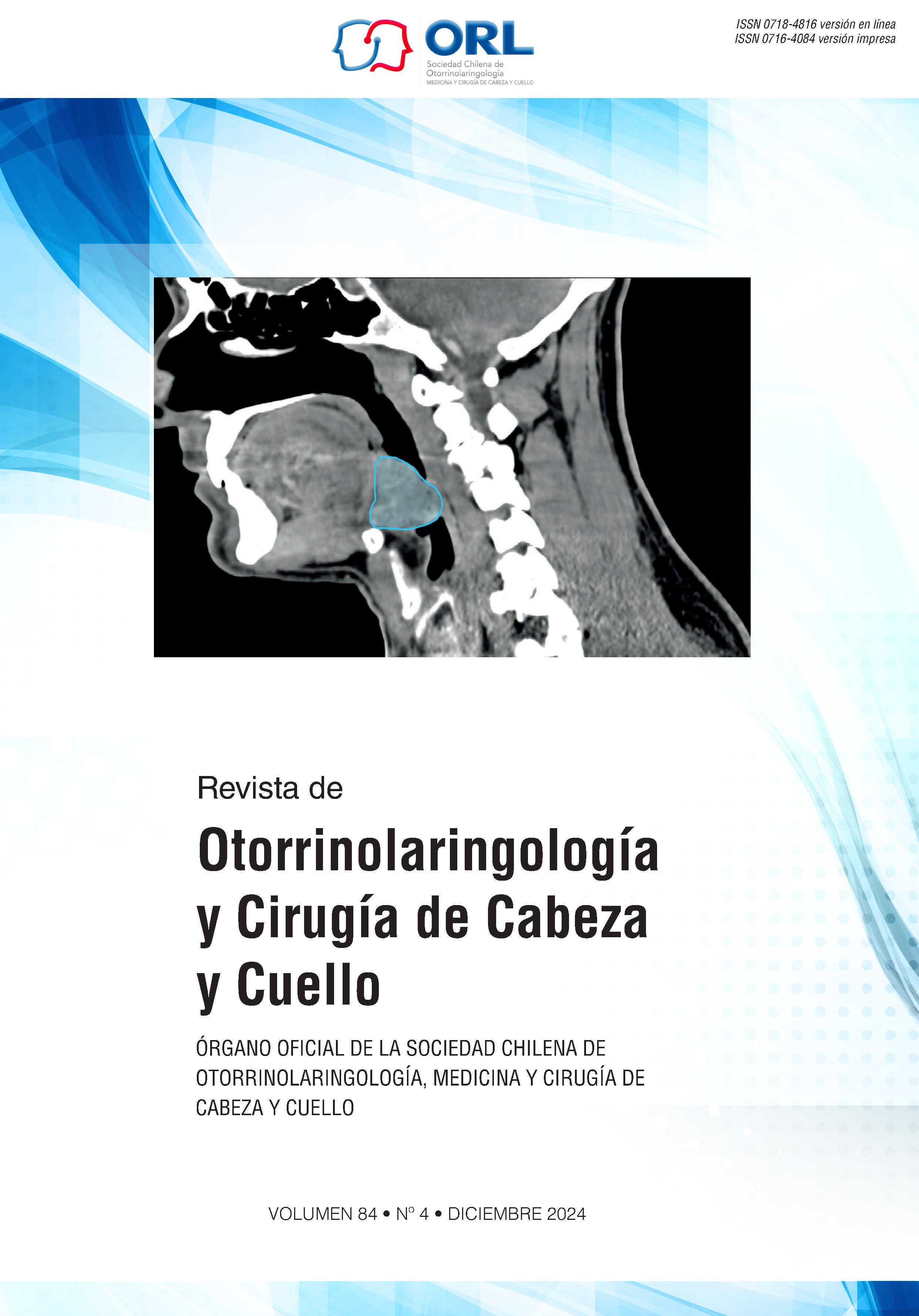Management of persistent tracheocutaneous fistulas with topical trichloroacetic acid in pediatric patients
Main Article Content
Keywords
Tracheocutaneous fistula, pediatrics, tracheotomy, cautery, trichloroacetic acid
Abstract
Persistent tracheocutaneous fistula is a late complication after decannulation of tracheostomized patients, which is a result of the tracheocutaneous tract remaining in place for a period longer than 3 months. The rate is between 6.2% and 37.1% in the population of pediatric tracheostomized patients. Different techniques have been described for its management, the main ones being primary closure and closure by secondary intention. Other techniques such as cauterization with silver nitrate or more recently with trichloroacetic acid have also been reported. The trichloroacetic acid procedure is simple, minimally invasive and safe for closing small tracheocutaneous fistulas. This review aims to present the current management of persistent tracheocutaneous fistulas in pediatric patients, considering other techniques that can be performed on an outpatient basis with emphasis on trichloroacetic acid.


